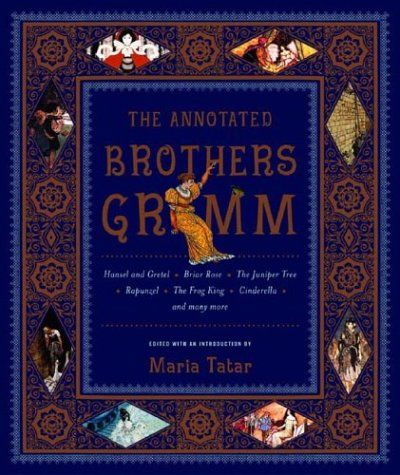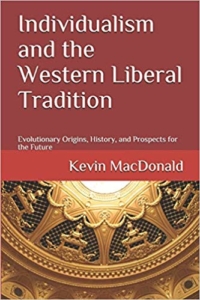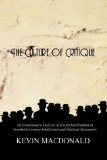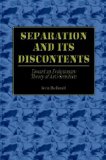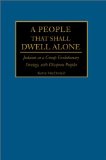Japan vs. America
It seems more and more Americans are taking a sour view of the way things are going for the country — and rightly so. “By all accounts,” our editor Kevin MacDonald writes, “particularist anger is welling up in White Americans — especially among the middle and working class — outraged at the changes they see.”
Curmudgeon James Howard Kunstler has been repeating his mantra about an America in decline: “The failure of leadership extends through government to the news media to business to the universities to the courts. All authorities are suspect. All are dishonest and cowardly.”
How can one deny that the “nation” is not in free fall? It really strikes me that it’s only a matter of time before one of the critical pillars of collective life collapses and brings the whole rotten structure down around us. I mean, isn’t it obvious that the promised multicultural utopia has degenerated into a dystopian nightmare formed from what used to be our country? Read more



